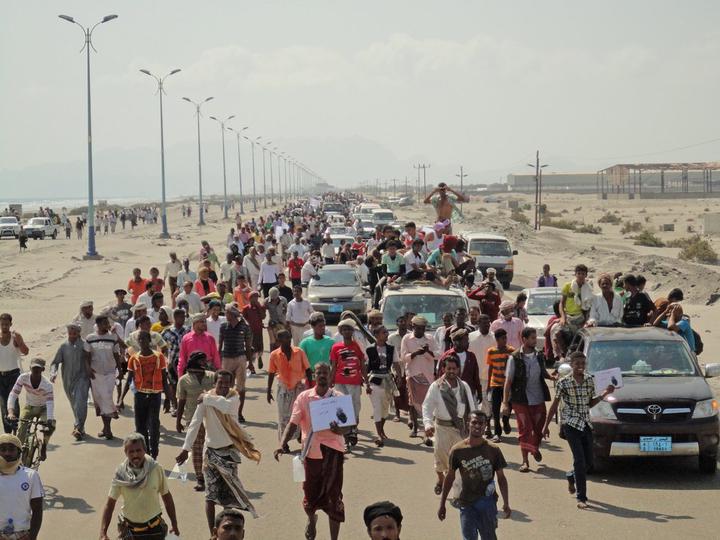Who Flees Conflict? A Big-Data Approach to the Determinants of Forced Migration
 Image credit: Fuad Musead / IRIN News
Image credit: Fuad Musead / IRIN NewsAbstract
Every year, millions of people encounter political violence and some leave their homes in pursuit of safety. What factors influence whether or not a person migrates to escape conflict? We use a multi-year longitudinal dataset of 63.5 million anonymized, geo-located cell phone records to study the migration behavior of over 55,000 people during a 2011-2012 conflict between the Yemeni Government and Salafist insurgents. We find that the structure of individuals’ social and physical networks are important predictors of migration. Further, we find that different types of social centrality have opposite marginal associations with probability of migration, and that accounting for social centrality moderates the connection between migration and important variables in the literature like economic status and exposure to violence. Our results suggest that different aspects of social networks bear on individual decision-making both by facilitating opportunities to leave contested territory, and by facilitating resilience-in-place to weather political violence.